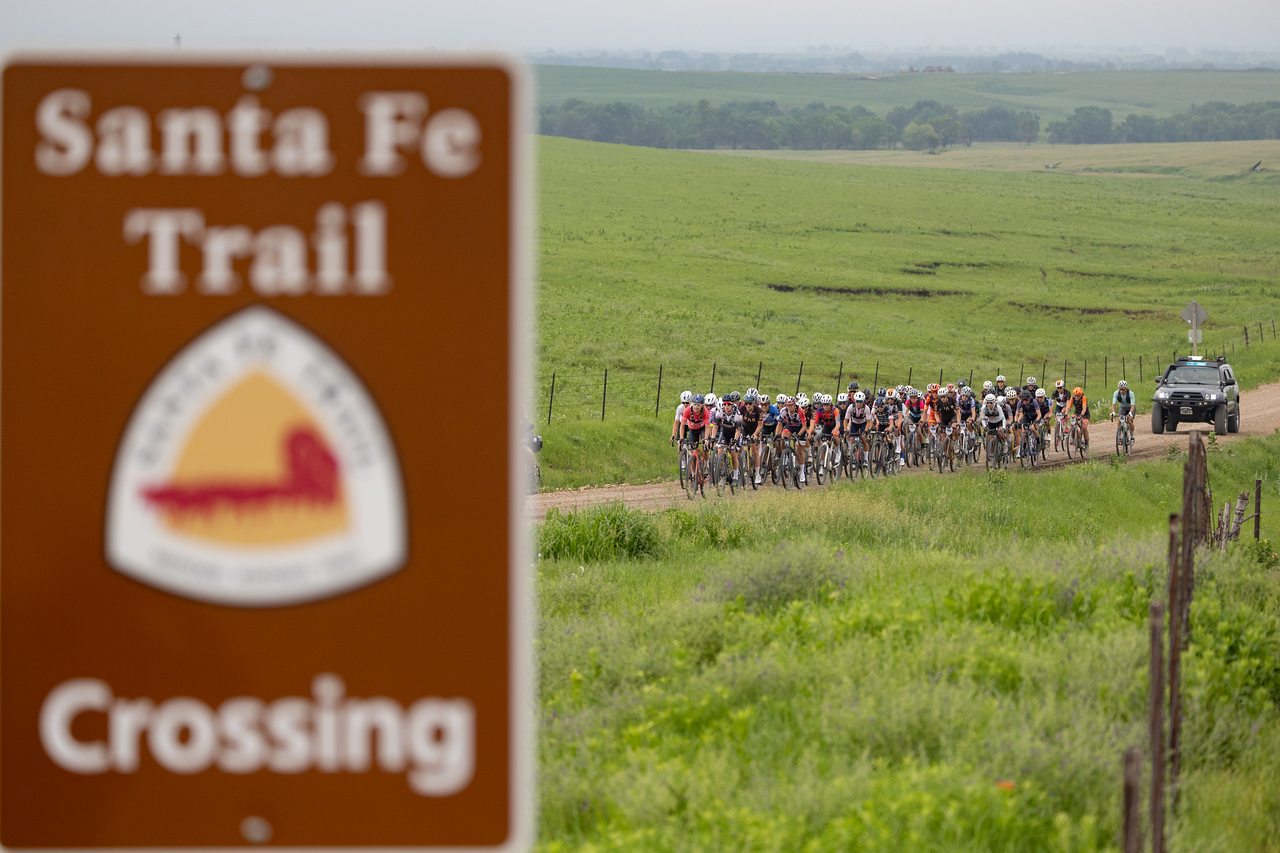;)
If you’re struggling to generate power off the tee, it might be because of one of three key swing mistakes.
Getty Images
So you’re looking to gain a few extra yards off the tee? Join the club. There’s not a single skill in the game more sought after than power with the driver.
Not only does extra power wow your playing partners (and give you some bragging rights in the grill room), it also makes shooting lower scores markedly easier. As advanced analytics have shown us, the closer you are to the green, the fewer strokes you’ll need to hole out.
Fitness and speed training will surely help in your crusade for increased ball speed, but there’s another way to pack some additional punch in your swing, and all it takes is a few key swing changes. If you can make your swing a bit more efficient, you’ll see yardage gains without ever needing to visit the gym.
On a recent trip out to GOLFTEC headquarters in Englewood, Colo., I got a chance to meet with their Director of Teaching Quality, Josh Troyer. During our chat, he shared three key swing mistakes he sees students make that cost them power off the tee.
3 power leaks in your swing
Mistake 1: Bending too far back in the backswing
When pros make their backswings, they do a great job of staying in their posture as they turn to the top. With weekend warriors though? Not so much.
“The best players start with about 40 degrees of forward shoulder bend at address,” Troyer says. “At the top of the backswing, they’re typically just two degrees back from that starting position.”
If you don’t maintain your posture during the backswing — and instead stand up — it makes it much harder to complete a full turn. And when you do this, you’ll tend to lift your arms (instead of turning) to complete your backswing. This is a power leak that will cost you tons of yards off the tee.
Mistake 2: Limited shoulder turn
Mistake No. 2 goes hand in hand with the mistake outlined above. GOLFTEC data shows that the average Tour player turns their shoulders about 88 degrees closed at the top of the backswing. But for recreational players, the number is typically in the mid-70s.
“A smaller turn makes it harder to create power and limits how far your hands can move behind you, which reduces swing depth,” Troyer says.
Want more power? Make sure you’re making a full turn to the top of the backswing.
Mistake 3: Staying too far down through impact
Ever heard someone suggest that you “keep your head down” through impact? As it turns out, that’s actually terrible advice.
When Tour pros get through impact (shaft parallel to the ground), they have tilted their shoulders back about five degrees. In comparison, recreational players are usually still tilted forward about five to 10 degrees.












